Fukushima: 10 Beautiful Cherry Blossom Spots to Visit in 2025

Fukushima Prefecture is dotted with many famous cherry blossom spots. We introduce 10 famous cherry blossom locations in Fukushima―from classic spots all the way to hidden gems.
Fukushima's Top Blossom Spots
Fukushima Prefecture, blessed with an abundance of natural surroundings, is dotted with some of Japan's best cherry blossom viewing spots.
However, the media tends to focus exclusively on famous places such as the Meguro River (Tokyo) and Hirosaki Park (Aomori Prefecture). Visitors from outside Fukushima might not be familiar with the famous cherry blossom spots the region has to offer.
So this article introduces Fukushima's top 10 cherry blossom viewing locations, from classic spots all the way to little-known hideaways.
Fukushima Cherry Blossom Guide
1. Hanamiyama (Fukushima City)
2. Nicchu Line Weeping Cherry Blossoms (Kitakata City)
3. Miharu Takizakura (Miharu Town)
4. Tsurugajo Castle Park (Aizu Wakamatsu City)
5. Natsui Senbonzakura (Ono Town)
6. Kannonji River (Inawashiro Town)
7. Kaiseiyama Park (Koriyama City)
8. Kasumigajo Castle Park (Nihonmatsu City)
9. Fujitagawa River (Koriyama City)
10. Ogawa Suwa Shrine (Iwaki City)
1. Hanamiyama (Fukushima City)
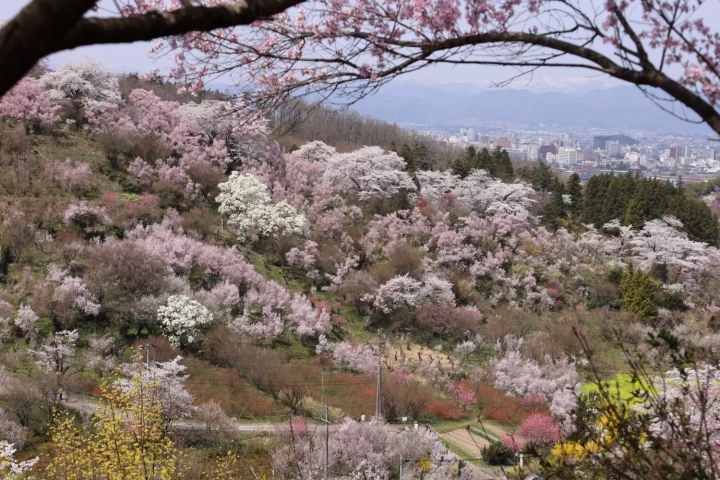
Hanamiyama is a privately-owned field that opened to the public as a park in 1959, with the owner's hope that it would heal people's hearts.
The late photographer Shotaro Akiyama praised the park by stating, "There is a paradise in Fukushima." The park and flowers have become famous and it's now visited by many people from all parts of Japan.
When spring arrives, about 70 different kinds of trees and flowers bloom at once on the park premises including plum trees, Forsythia, Tokai cherry trees, Japanese quince, Somei Yoshino cherry trees, and flowering peach trees.
With a multitude of colorful flowers in full bloom, a delicate pink color blankets the entire mountain. The contrast between the flowers and the Azuma mountain range seen in the distance is truly breathtaking.
2. Nicchu Line Weeping Cherry Blossoms (Kitakata City)
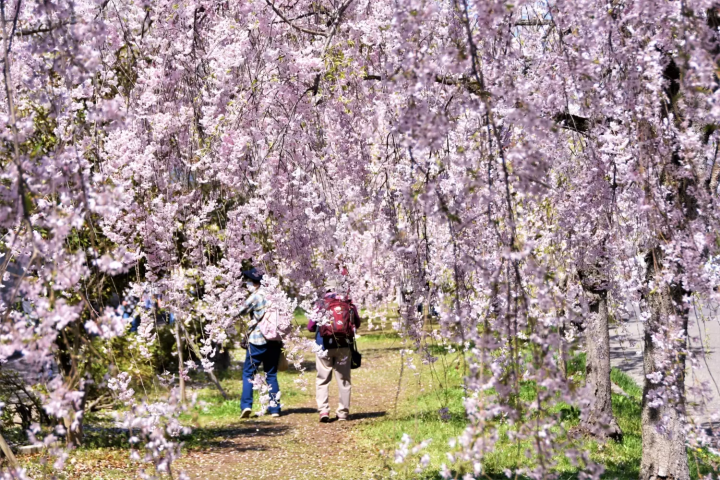
Photo by photo AC
The Nicchu Line Weeping Cherry Blossoms extend along part of the site of the former Japan National Railways (JNR) Nicchu Line, which was developed into a promenade after the line was taken out of service in 1984.
In spring, a three-kilometer stretch features about 1,000 Shidarezakura (weeping cherry trees) of the Yaeshidarezakura and Benishidarezakura species in full bloom.
At the halfway point of the road, a steam locomotive that used to run on the Nicchu Line is on display, allowing visitors to enjoy the scenic collaboration with the nearby cherry blossoms.
Also, in some areas along these rows of cherry trees, a tunnel of cherry blossoms forms around the promenade. So you can take in the magnificent view of these cherry trees on a grand scale.
3. Miharu Takizakura (Miharu Town)
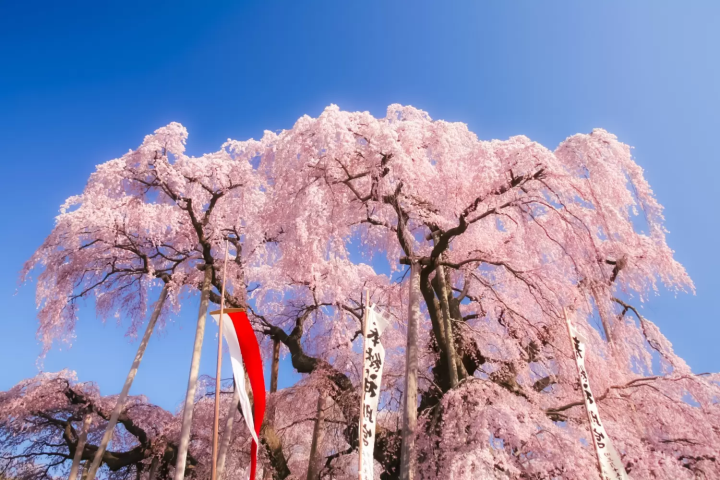
Miharu Takizakura is a Beni Shidarezakura (weeping cherry tree) that's estimated to be more than 1,000 years old.
This nationally designated natural monument is one of Japan's Top Three Cherry Trees. Small faintly-colored pink blossoms bloom along all the branches. This sight resembles a waterfall―hence the name Taki (falls) zakura (cherry blossoms).
When it first starts to bloom, blossoms cascade down from a height of 13.5 meters and spread out over 20 meters in circumference, surrounding visitors with colorful flowers. As the name suggests, its splendid waterfall-like appearance is a sight to behold. The blossoms and tree trunk are especially breathtaking when seen from the front.
An evening illumination is also held from 18:00 to 21:00 depending on the status of the cherry blossoms. Visitors can take in this beautiful sight from dusk until dawn.
4. Tsurugajo Castle Park (Aizu Wakamatsu City)
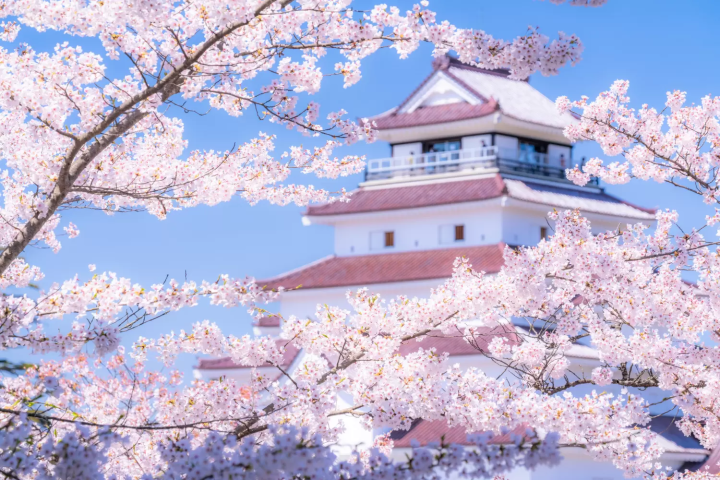
Photo by Pixta
Tsurugajo Castle Park is Japan's only castle ruins park with a red-tiled castle tower. It was chosen as one of the Top 100 Cherry Blossom Spots in Japan. In spring, about 1,000 cherry trees (mostly Somei Yoshino) decorate the castle and the surrounding park.
The highlight of Tsurugajo Castle Park is the sight of the blossoms in full bloom with the red tiles and the white walls of the castle keep in the background. The observation deck at the top of the castle keep also offers a view of the cherry blossoms spreading out down below like a carpet.
The Tsurugajo Castle Sakura Festival is held from early April until early May to coincide with the cherry blossom season. Evening illuminations are held and the blossoms of the 1,000 cherry trees floating up into the night sky create a beautiful and mystical mood that can't be experienced during the daytime.
Hotels near Tsuruga Castle Park
5. Natsui Senbonzakura (Ono Town)
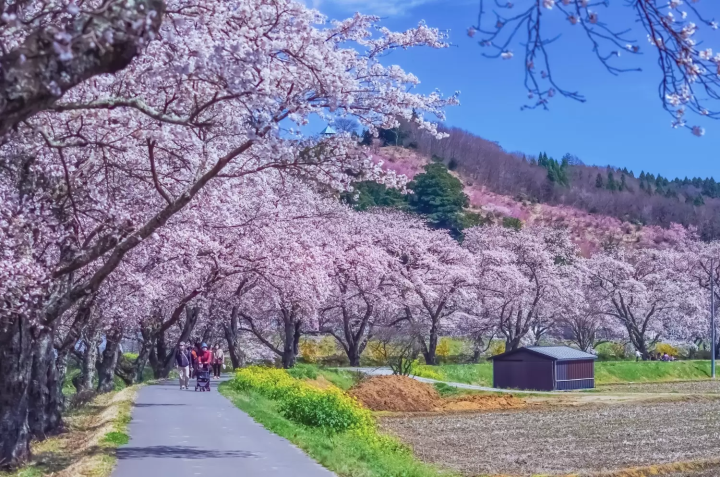
Natsui Senbonzakura is a row of 1,000 Somei Yoshino cherry trees that extend along both banks of the Natsui River for a distance of five kilometers. It's said that volunteer residents from the districts of Natsui and Minami Tawarai began planting cherry trees here in 1975, coinciding with the completion of a local river improvement project.
The Somei Yoshino cherry trees lining Natsui Senbonzakura suddenly come into bloom typically from mid-April until late April. They feature bright pink-colored flowers. The collaboration with the yellow narcissus flowers that bloom along the promenade enchant the many people who visit here.
Also, the contrast with the magnificent bridge crossing over the river, combined with the surrounding countryside, creates a truly impressive sight.
During the flowering season the Natsui Senbonzakura Festival is held, and in addition, there's also an evening illumination event. Visitors can enjoy the cherry blossoms that float mystically over the Natsui River at night.
6. Kannonji River (Inawashiro Town)
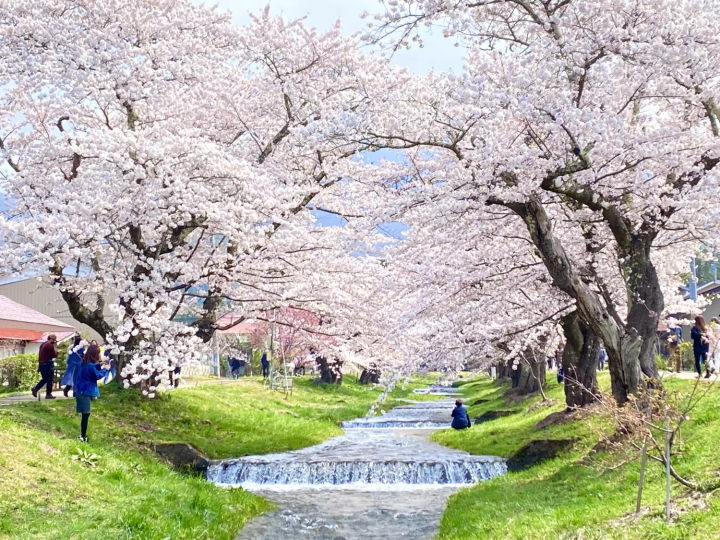
The Kannonji River flows north of Kannonji Temple, which sits at the base of Mt. Kawageta in Inawashiro Town.
When spring arrives, a one-kilometer stretch that extends from Kannonji Temple up to the vicinity of JR Kawageta Station, gets transformed into a stunning row of cherry trees in full bloom.
When these trees along the river come into full bloom, Somei Yoshino, Shidarezakura, and other blossoms form a circle just like hands joining together.
This creates a magical and mystical landscape―the river looks like it's flowing through a tunnel of cherry blossoms. Then the reflection of the nearby greenery and the cherry blossoms on the water's surface creates a heart-felt scene that's a local highlight.
During o-hanami (cherry blossom viewing), a festival is held at Oyamazumi Shrine, located at the midway point along the river. In addition to various events and food stalls there's also an evening illumination, so visitors can enjoy the nighttime blossoms.
Hotels near Cherry blossom trees along Kanonji River
7. Kaiseiyama Park (Koriyama City)
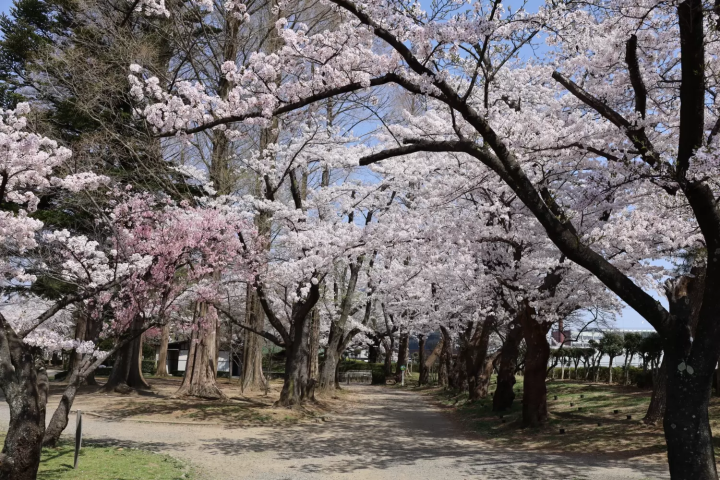
Kaiseiyama Park is an urban park centered around Lake Isuzu, which was built as an irrigation pond at the start of the Meiji Period (1868-1912). About 1,300 cherry trees have been planted inside the park including the Yamazakura and Kanzanzakura varieties, as well as Japan's oldest Somei Yoshino cherry tree.
Kaiseiyama Park is one of Fukushima Prefecture's most famous cherry blossom viewing spots. In the 1980s it was even used as a filming location for the movie, "The Girl who Leapt Through Time." Also, in 2016, it was recognized as a constituent cultural property of Japan Heritage as "A single waterway that opened up the future."
On April 1, 2024 the western part of Kaiseiyama Park held its renewal opening. This development was carried out using the Park-Private Finance Initiative (Park-PFI) based on the Urban Parks Act.
With the renovation, there are new restaurants, plazas, and restrooms now available. So this year, also, you can enjoy the cherry blossoms in a comfortable environment thanks to these updated facilities.
Hotels near Cherry blossoms at Kaiseizan Park
8. Kasumigajo Castle Park (Nihonmatsu City)
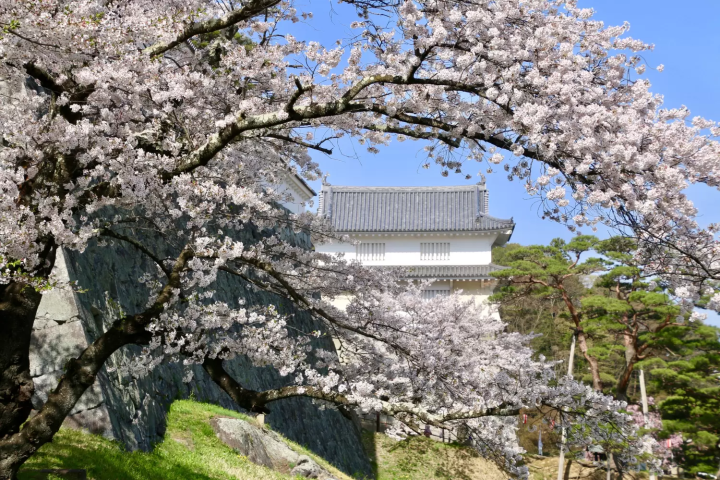
Photo by Pixta
Kasumigajo Castle Park is a Prefectural Natural Park whose development was based on Nihonmatsu Castle (also known as Kasumigajo Castle), a castle built by Mitsushige Niwa, the first feudal lord of the Nihonmatsu Domain.
About 2,500 cherry trees―mostly Somei Yoshino―have been planted inside the park, which was also chosen as one of The Top 100 Cherry Blossom Spots in Japan.
When the cherry blossom inside Kasumigajo Castle Park reach full bloom, just as its name suggests, the entire castle ruins are shrouded in a hazy mist (kasumi in Japanese) of pink petals, allowing you to enjoy its unique beauty.
During the cherry blossom festival, activities are centered around Minomaru Hiroba, when 500 lanterns and nine large bonbori lanterns are lit up. So visitors can fully enjoy the mystical nighttime blossoms.
Hotels near Kasumigajo Castle Park
9. Fujitagawa River (Koriyama City)
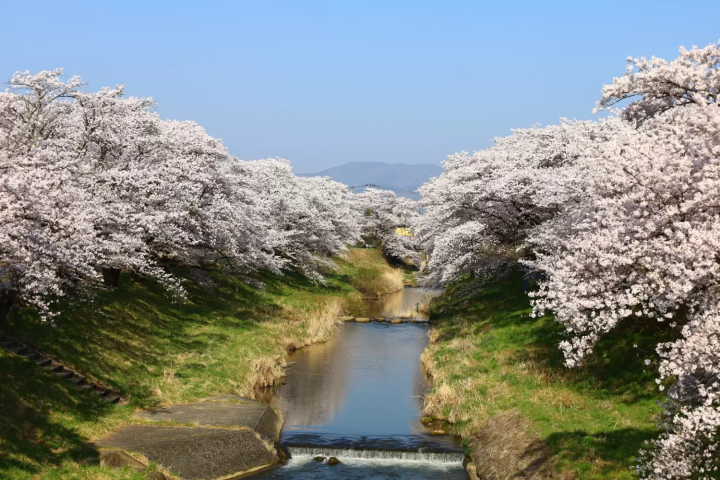
Fujitagawa River Fureaizakura consists of a row of about 500 Somei Yoshino cherry trees. With the Horinouchi Bridge as its centerpiece, this row extends for some three kilometers on both sides of the Fujitagawa River, which flows through Fukushima Prefecture's Koriyama City.
It's been said that the cherry trees were first planted by local volunteers in 1959 to commemorate the marriage of the reigning emperor at the time.
Visitors to Fujitagawa River Fureaizakura can enjoy the beauty of the cherry blossoms reflected on the surface of the water as they go for a leisurely stroll. Also, if you visit at night, you can also take in the cherry blossoms bathed in an evening illumination.
10. Ogawa Suwa Shrine (Iwaki City)

Ogawa Suwa Shrine sits in Fukushima Prefecture's Iwaki City and was built during the Kamakura Period (1185-1333) in 1322.
Standing in front of the left side of the shrine's main building (honden) is a Shidarezakura cherry tree that's more than 500 years old.
This tree has also been designated as a Natural Monument of Iwaki City.
This special cherry tree features a refined elegance and beauty which can soothe the soul of each and every person who sees it. At night, the beauty of the illuminated blossoms floating up in a mystical manner is beyond description, enchanting all visitors.
FAQ
When is the best time to see the cherry blossoms in Fukushima?
The best time to see the cherry blossoms is typically from early April until mid-April.
In 2025 when are the cherry blossoms in Fukushima expected to bloom?
In 2025, Fukushima's cherry blossoms are forecast to first start blooming on April 5, and expected to be in full bloom on April 9.
Which cherry blossom viewing spots in Fukushima are recommended?
Fukushima's recommended cherry blossom spots are Miharu Town's Miharu Takizakura, Fukushima City's Hanamiyama Park, and Kitakata City's Nicchu Line Weeping Cherry Blossoms.
What are Japan's 3 Greatest Cherry Trees?
Japan's 3 Greatest Cherry Trees are Fukushima Prefecture's Miharu Takizakura, Yamanashi Prefecture's Yamataka Jindaizakura, and Gifu Prefecture's Neodani Usuzumizakura.
Enjoy Fukushima's Cherry Blossom Spots
This article introduced ten cherry blossom locations in Fukushima, from popular spots all the way to lesser-known hideaways.
Fukushima Prefecture is also a stopping point along the Tohoku shinkansen line so it offers convenient access from the Tokyo area. There are also plenty of conventional railway lines, so please visit the cherry blossom spot that suits you best!






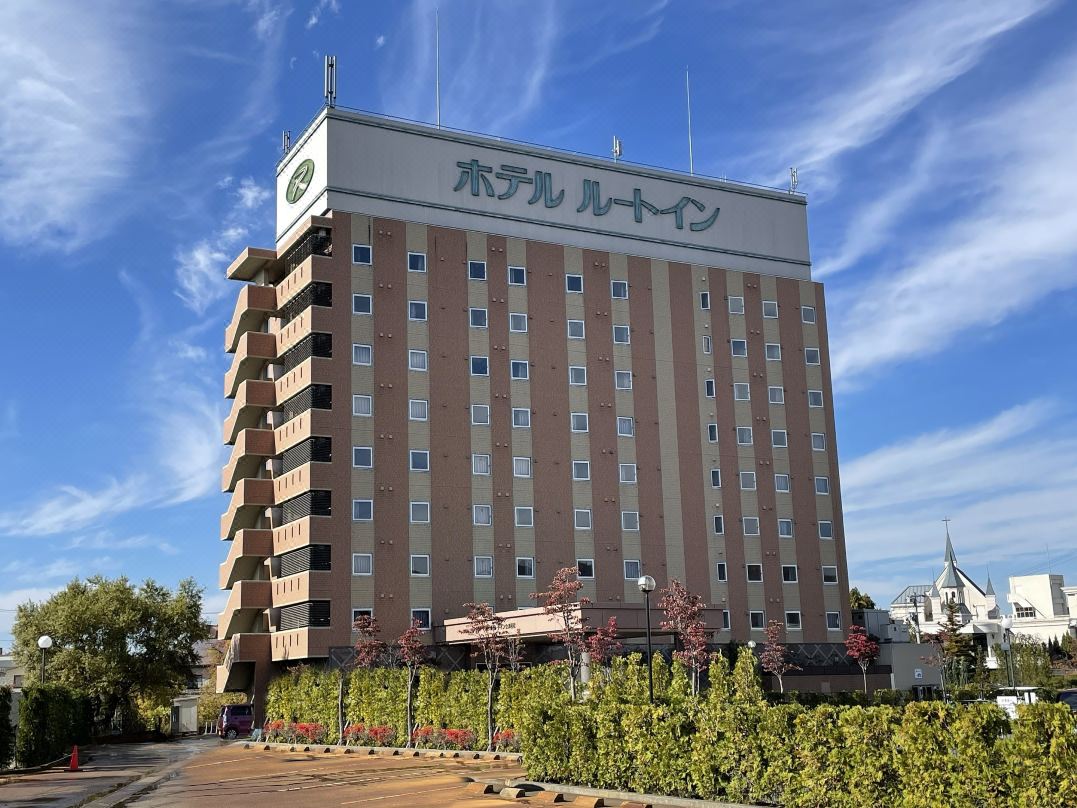

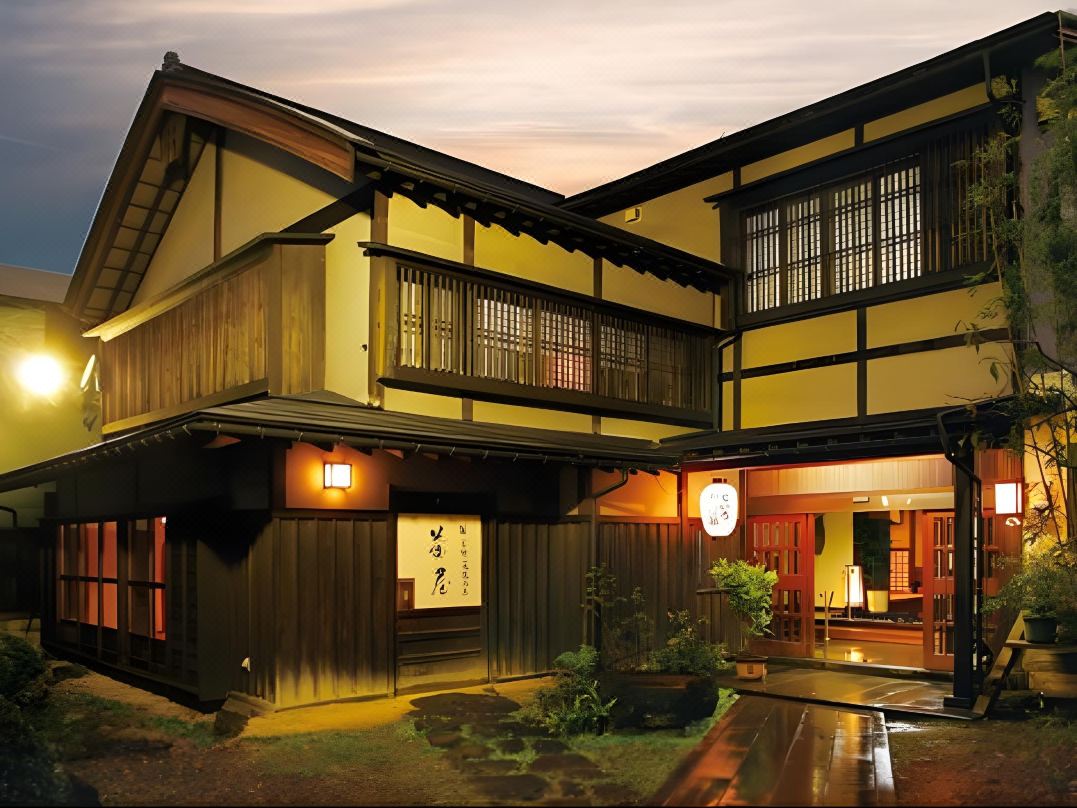
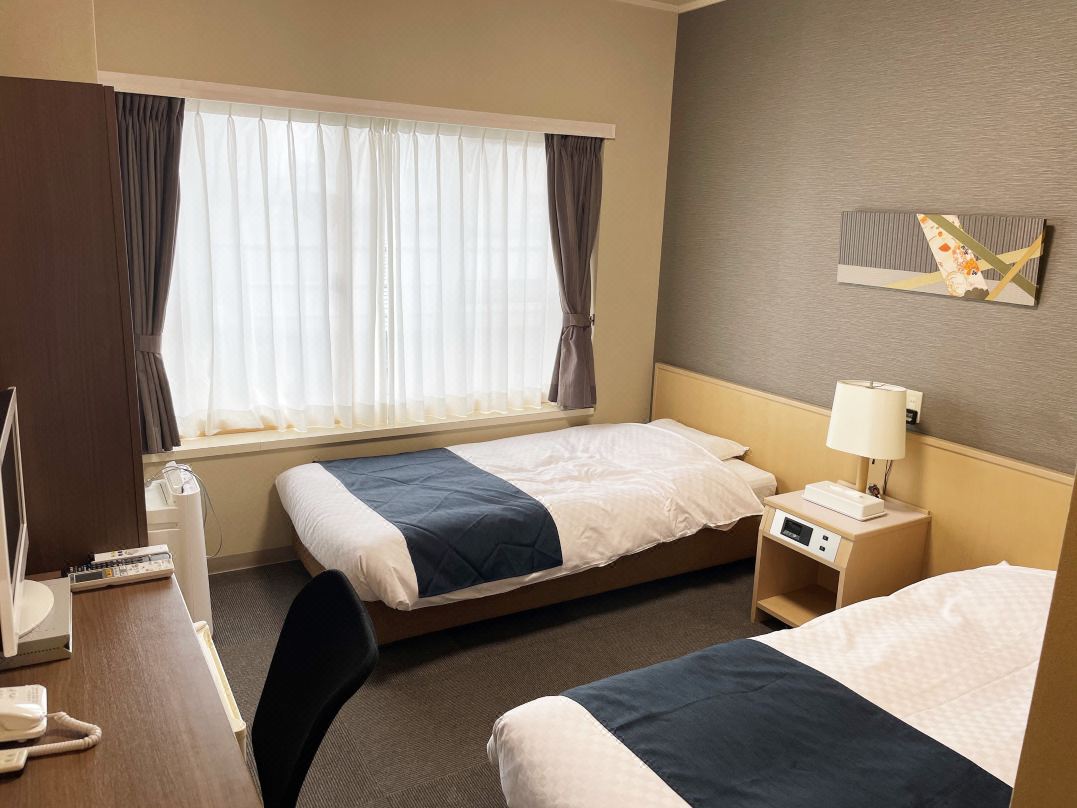


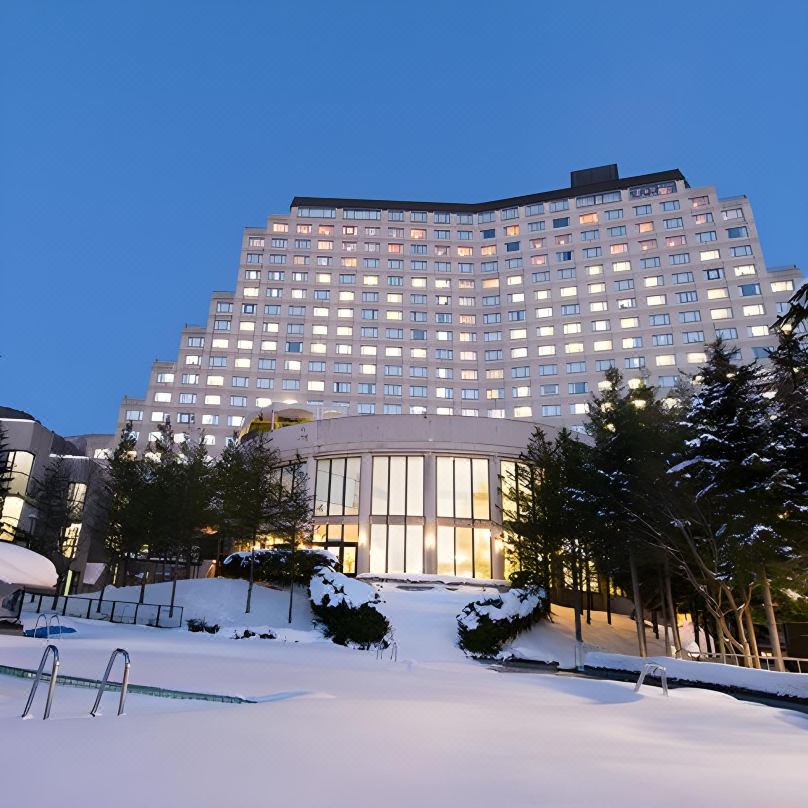



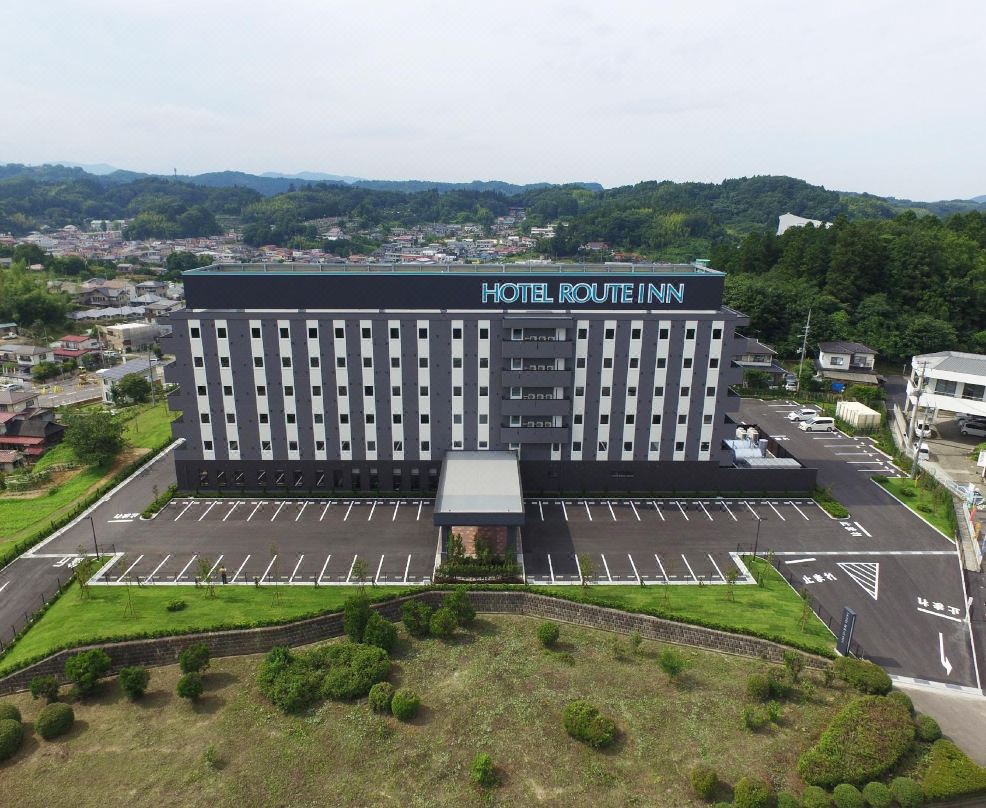



























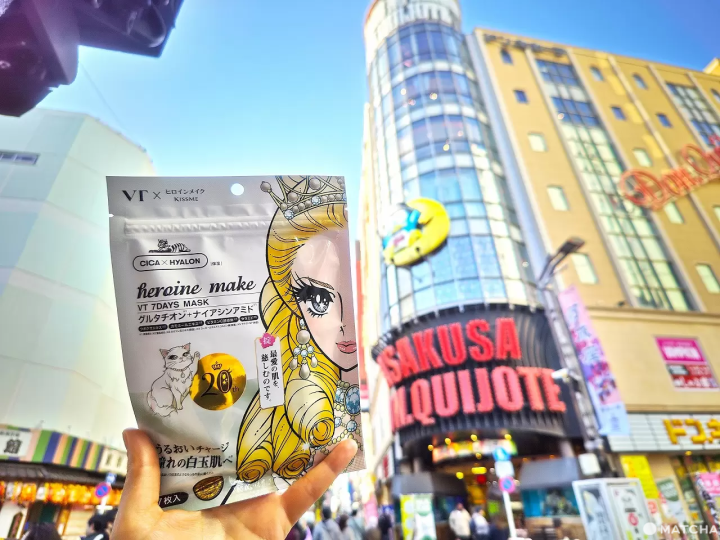
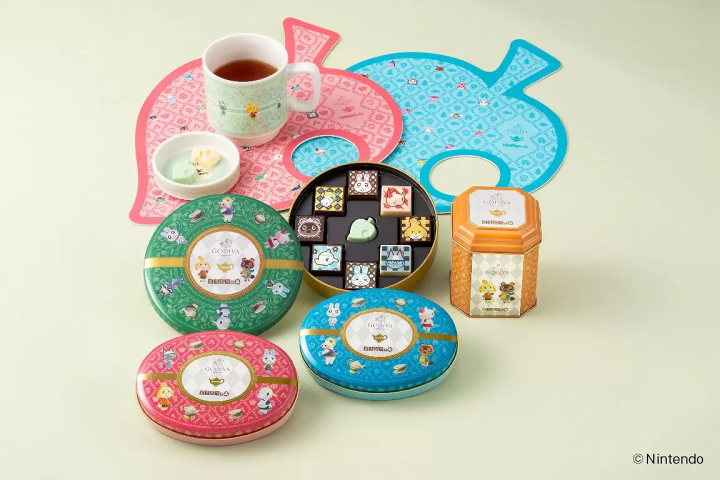
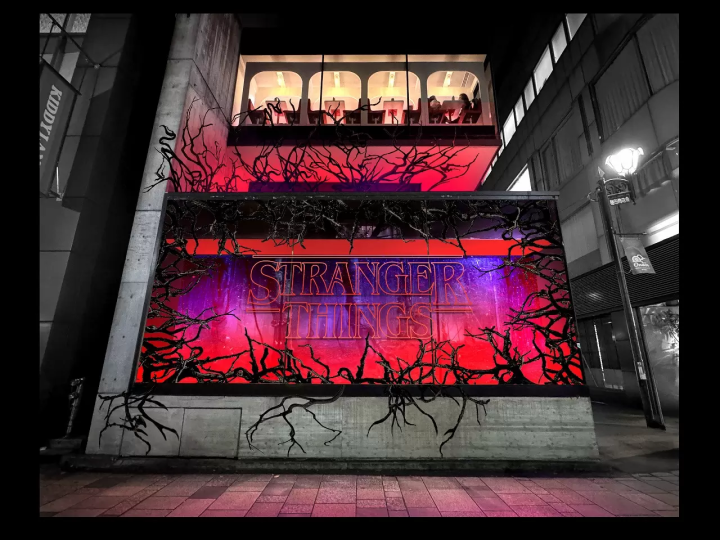
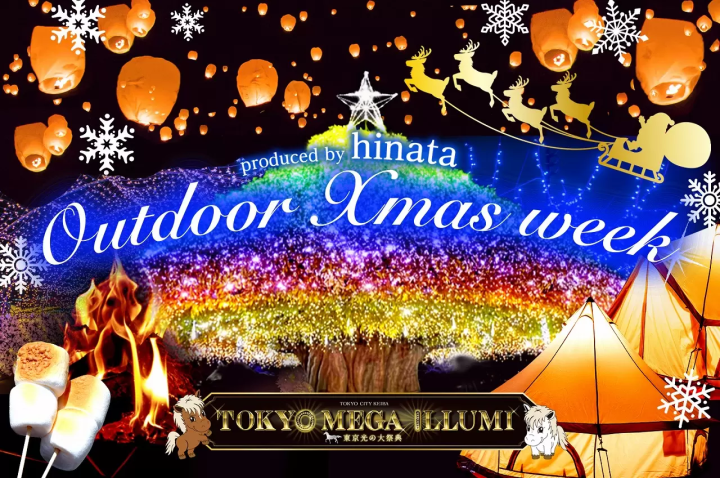
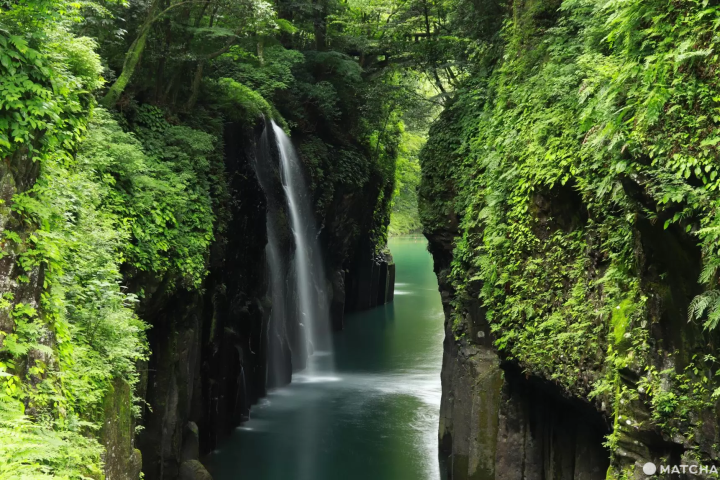






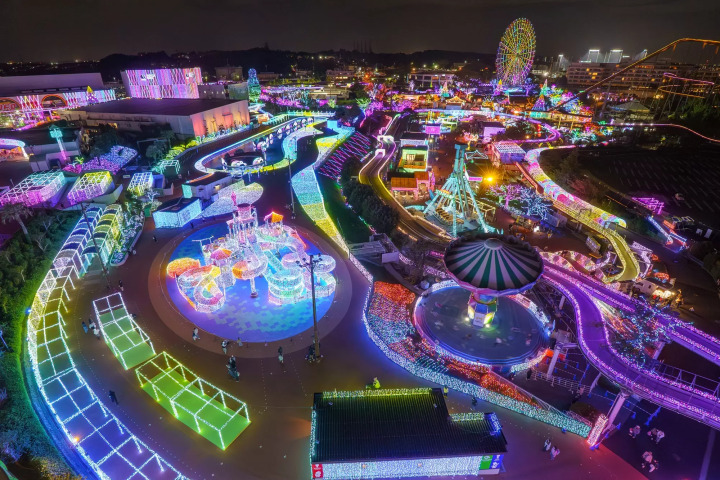
![[Coupon Available] Recommended Fall/Winter Wear from Scandinavian Brand "Helly Hansen"](https://resources.matcha-jp.com/resize/720x2000/2025/12/15-252920.webp)
![Deep dive into Japanese brands! A tour of famous leather shoe stores with GENSEI & Nin [Otsuka Shoes Edition]](https://resources.matcha-jp.com/resize/720x2000/2025/12/15-252972.webp)